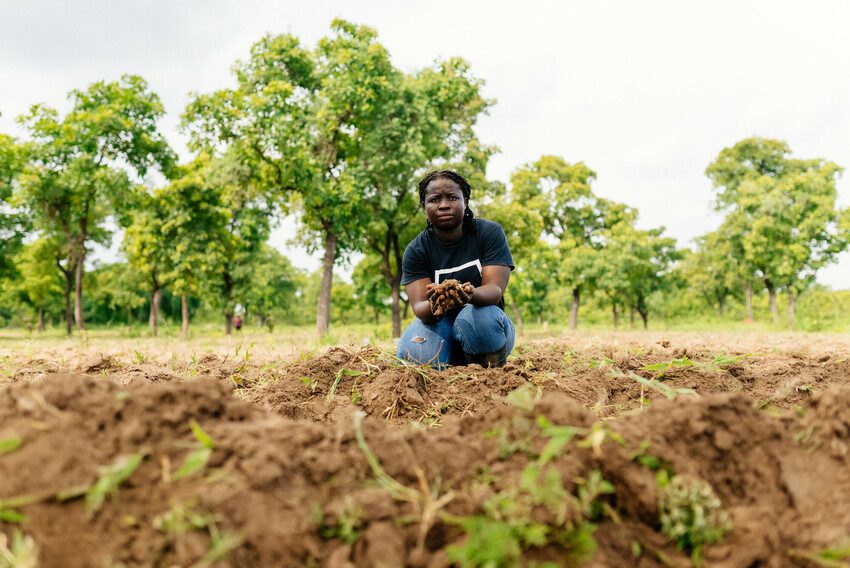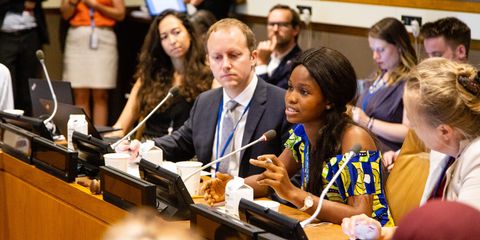Violence against women and girls in the context of the climate crisis
Plan International developed this submission in March 2022 to inform the Special Rapporteur's report on violence against women and girls in the context of the climate crisis, including environmental degradation and related disaster risk mitigation and response.

Climate impacts routinely place girls, especially during adolescence, at increased risk of exploitation and gender-based violence (GBV).
Climate-induced disasters are recognized as a key driver of forced displacement which exacerbates existing gender and social inequalities, leaving girls and women at increased risk of violence and exploitation whilst also facing barriers in accessing vital systems and services, including those which prevent and respond to violence.
Furthermore, many communities face droughts, floods and poor harvests as a result of climate change, leading to a lack of vital resources, as well as loss of livelihoods and income. There is a well-documented correlation between scarcity of resources and increases in GBV, with food and income shortfalls driving increases in the number of girls and young women engaging in negative coping strategies such as sexual exploitation in exchange for food or money and child, early and forced marriage.
In times of crisis, economic stress also often causes an increase in violence within the home as the role of men as breadwinners comes under pressure and household frustrations escalate.
violence against women and girls in context of climate change
173 kb
Categories: Emergencies, Protection from violence


